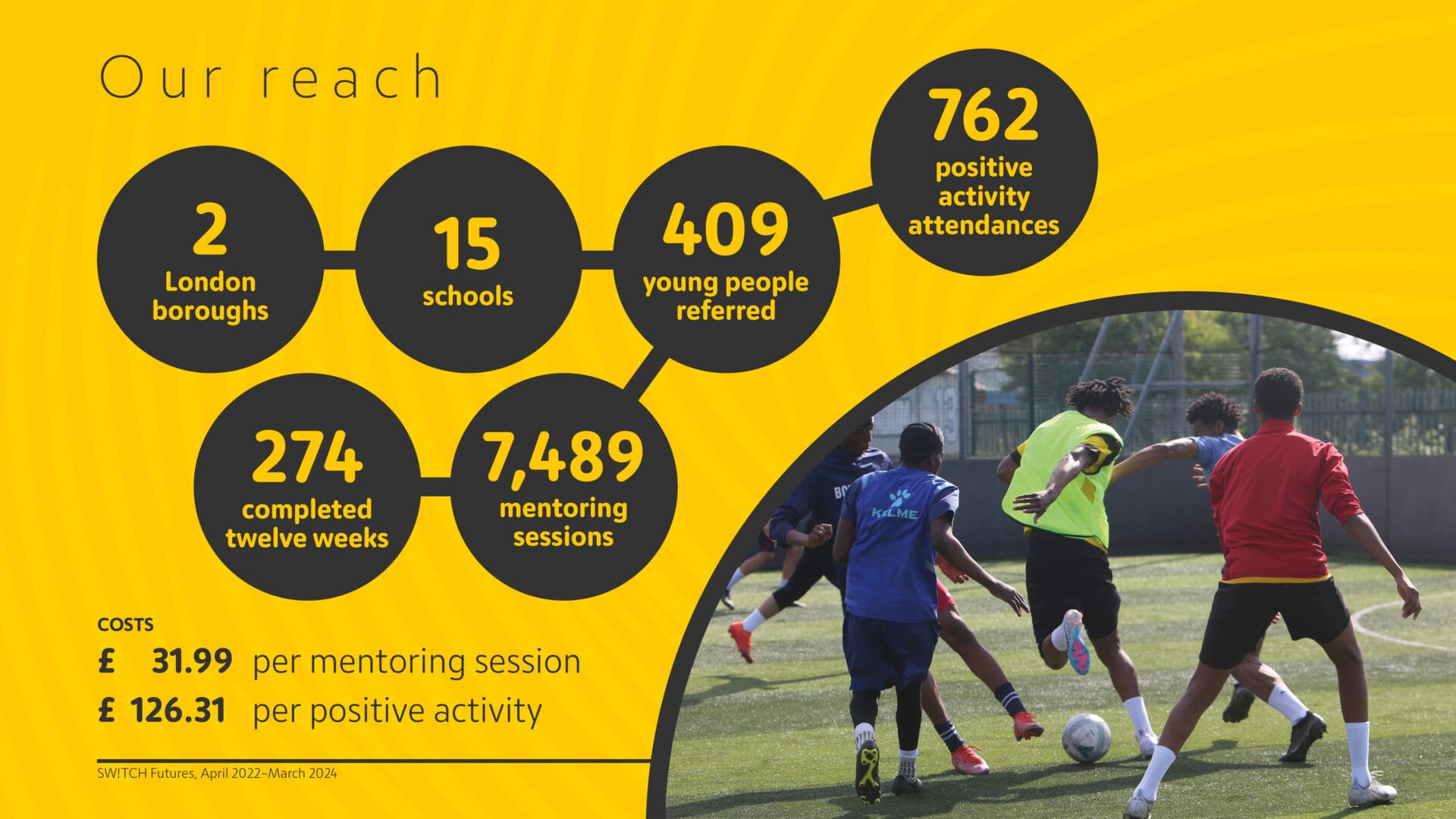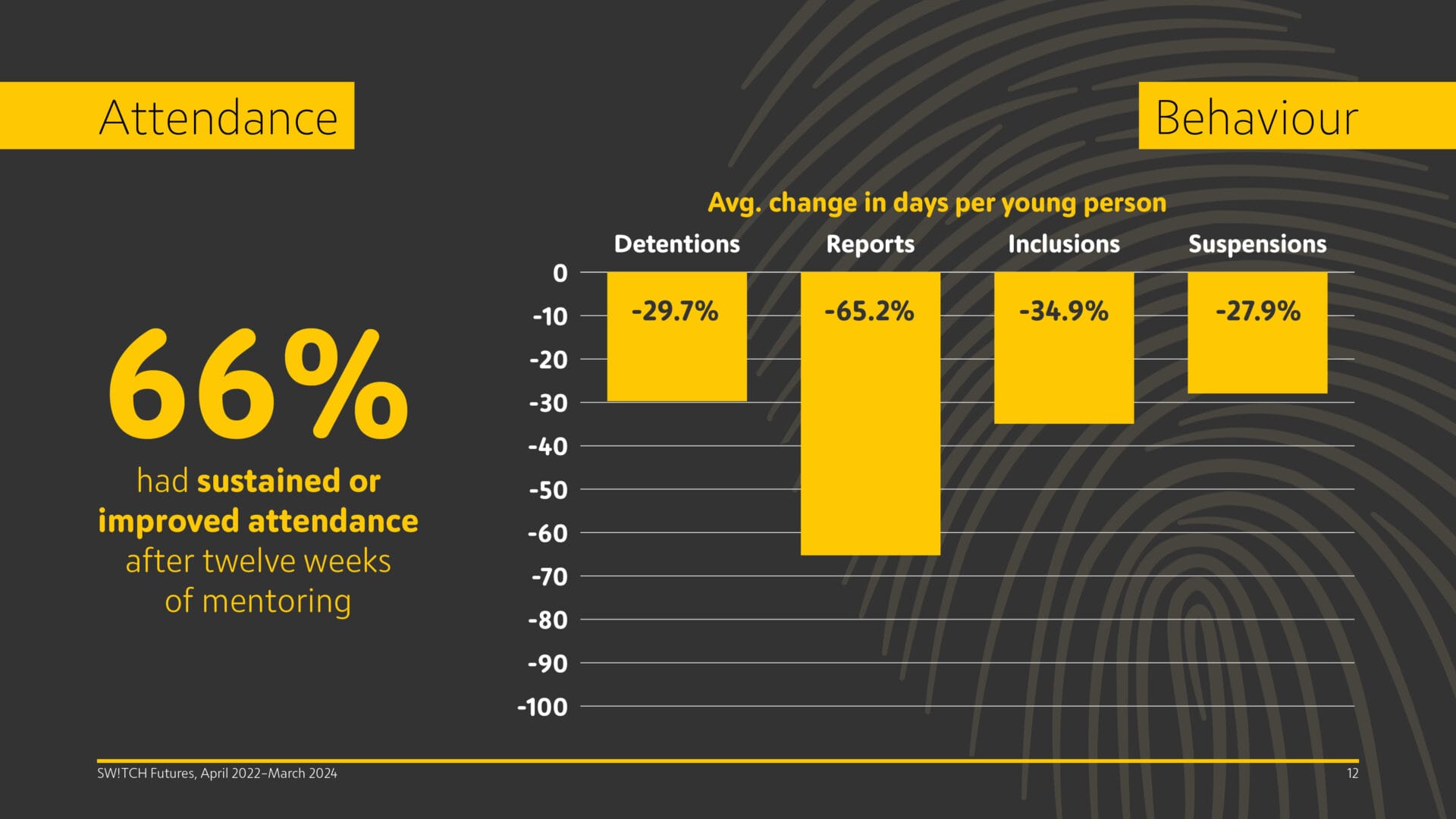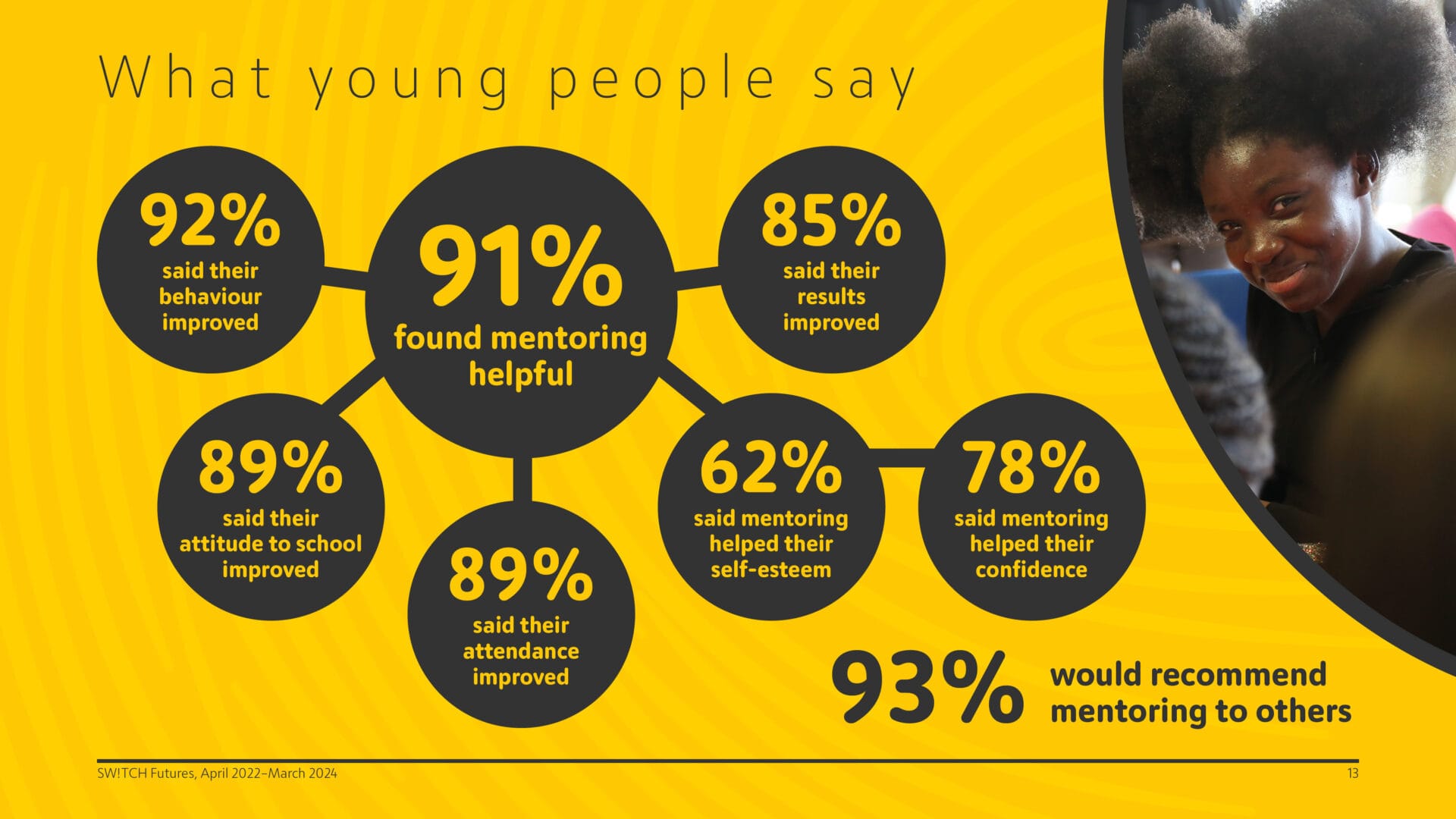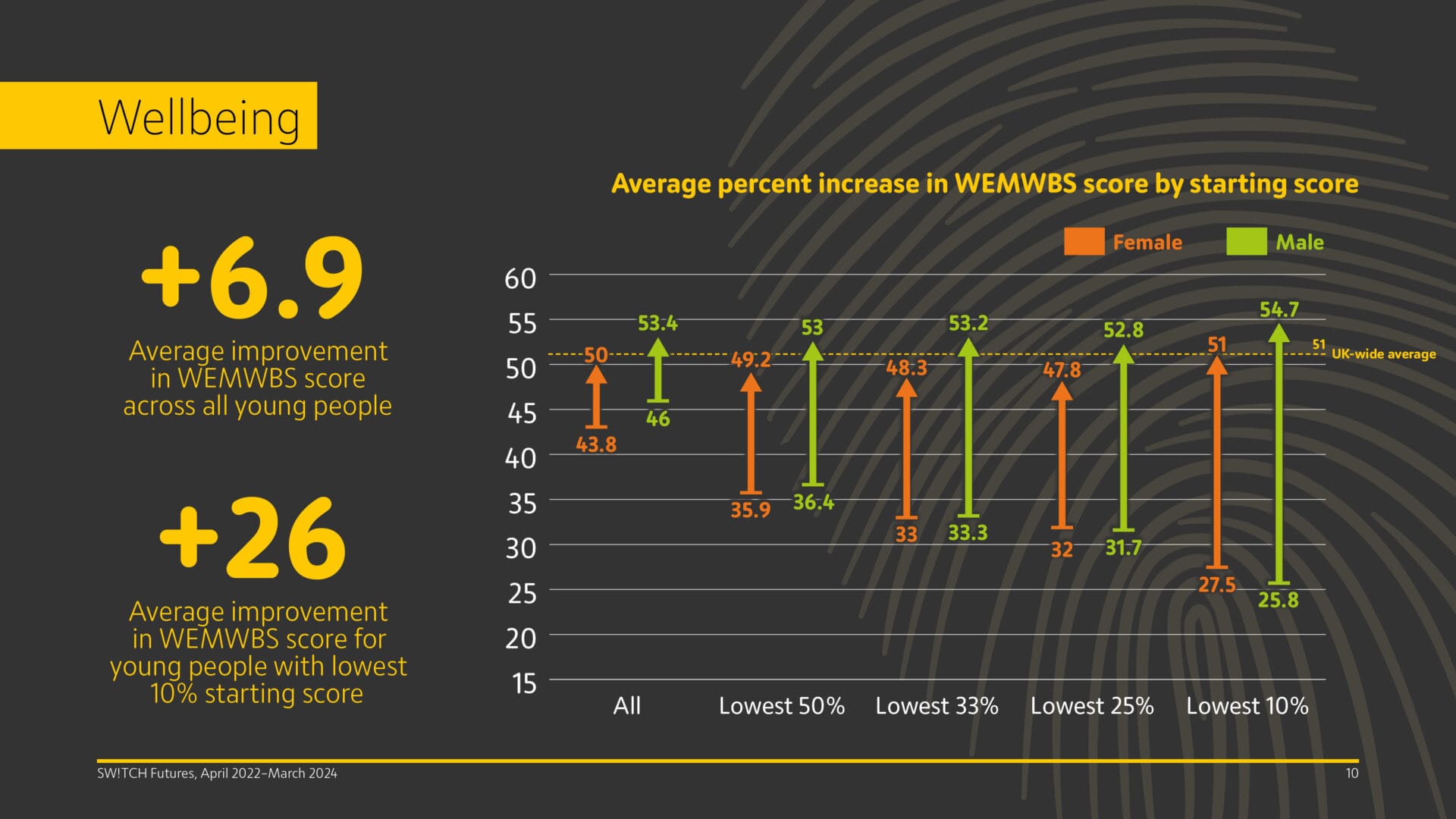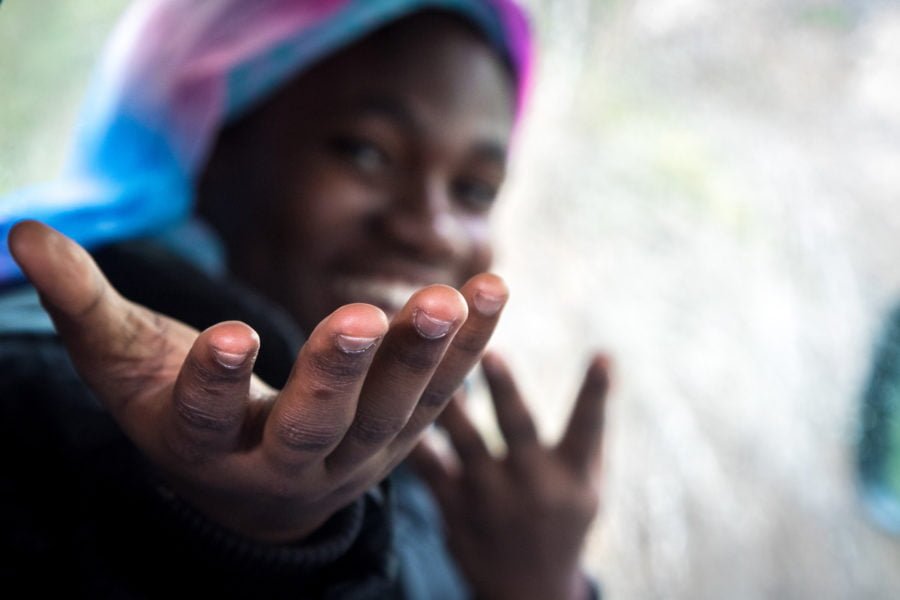In an article I wrote not long ago, I shared how we are witnessing a generation of young people who are struggling more than ever. It’s heartbreaking to think that, in 2025, we still haven’t learned how to make young people feel safe, heard, or understood.
One of the major culprits behind this is bullying. It’s a problem that refuses to go away, but instead, has evolved in ways we still don’t fully grasp.
When I was growing up, bullying was something that mostly happened within the walls of a school. It was the playground bully or the cruel jokes whispered behind your back. Teachers and adults, in general, weren’t keen on addressing it. We were often told not to “tell tales,” as though speaking up was the real problem.
This bullying was physical. It was visible. And at times, it was almost predictable. I knew what school areas to avoid, which pupils I shouldn’t engage with, and I learnt how to navigate the constant threat.
Today, things have changed. Bullying is no longer confined to schools—it’s everywhere. With the rise of social media and smartphones, bullying has found a new home online. And it’s now even more harmful. Unlike the physical altercations of my youth, this new form of bullying can follow a young person into the comfort of their own home, disrupting their peace when they would expect respite from the torment.
In 2025, we’re still struggling with the question of how we, as a society, can truly help these young people. We know the stats. According to Childline, over 24,000 counselling sessions were provided to children struggling with bullying in just one year alone. Nearly half of young people in the UK have been bullied at some point in their lives. It’s frightening to think about how many young lives are shaped by these experiences of exclusion, abuse, and fear.
The psychological toll is profound. Research shows that more than half of bullied children will develop depression in their adult years. For young people, bullying isn’t just something you “grow out of”—it’s something that shapes their entire future. Those experiences affect their self-esteem, their mental health, their relationships, and their ability to succeed in school. And yet, we still struggle to address this.
The SW!TCH Futures programme, run by LifeLine Projects, is one way we’re making a difference. Since 2018, we’ve supported hundreds of young people who have faced bullying, exclusion, and mental health struggles. This isn’t a one-size-fits-all solution—it’s a commitment to finding each individual’s potential, working to heal emotional wounds, and helping young people gain the confidence and resilience they need to thrive.
Through the power of mentoring, we’ve seen incredible changes in the young people we support. For example, in our recent SW!TCH Futures Impact Report (April 2022-March 2024), we saw that 66% of the young people who completed mentoring had either sustained or improved their school attendance. These results are not just numbers—they represent lives being turned around.
One of the success stories that stands out is that of Cecilia†. She came to us after enduring relentless bullying at her previous school, which left her struggling with both her mental health and personal relationships. When Cecilia started her mentoring journey, she often reacted impulsively, with behaviours like storming out of class or self-harming as a way of coping. But, through our mentoring programme, Cecilia learned healthier ways to deal with her emotions and began to rebuild her self-esteem and relationships. After sixteen weeks of mentoring, her WEMWBS had risen by a impressive 24 points to 51, roughly the national average. By the end of the programme, she had achieved eight GCSEs and was moving on to sixth form college with a new sense of purpose.
† Name changed for privacy.
The results from the SW!TCH Futures programme are promising. 91% of young people in our programme said they found mentoring helpful, and 89% said their attitude toward school had improved. Most notably, 92% reported improvements in their behaviour. These outcomes demonstrate the impact mentoring can have on a young person. Cecilia’s story shows that if we can’t stop bullying, we can build resilience in young people.
But can we beat bullying? We all have a role to play in this. We need to talk more openly about bullying, whether it’s physical, verbal, or digital. We need to give young people the space and support to heal.
If we don’t, we risk losing more than just their peace of mind—we risk their future.
This situation certainly appears dire, but it’s not without hope. The good news is that there are initiatives, organisations, and strategies that are actively working to help break the cycle of bullying, both online and offline. The key to making a difference lies in how we respond, as a society, to bullying.
Here are a few solutions that can help turn the tide
Education and awareness
Schools must take a more active role in addressing bullying, both in-person and online. Educating students about the impact of bullying and equipping them with strategies to handle conflict can prevent harmful behaviour before it starts. Anti-bullying programs, which emphasize empathy, respect, and conflict resolution, can create a more positive environment for everyone.
Empowering bystanders
We must encourage young people to stand up for their peers. Instead of fostering a culture of “don’t snitch,” we should promote a culture of mutual respect and accountability, where speaking up against bullying is seen as a brave and positive action. Bystanders can play a significant role in disrupting the cycle of bullying by reporting it and offering support to victims.
Mental health support
Young people who are bullied often experience long-term mental health challenges. It is crucial that we invest in mental health services for children and teens. Our experience shows often young people don’t need expensive clinical support—just a trusted adult they can speak with. The heart-breaking thing is that so many people don’t have this.
Stronger online protections
With bullying moving online, there needs to be stronger measures to protect children in digital spaces. Platforms should take responsibility for ensuring that their environments are safe and free from harassment and should mandate that children’s accounts are viewable by parents, with systems in place to help parents check and understand what their children are doing. Social media companies can implement stronger monitoring and reporting systems to detect and respond to bullying behaviour quickly.
Community and parental involvement
Bullying doesn’t only take place in schools—it’s a societal issue. Communities, parents, and caregivers must work together to address bullying, foster healthy communication, and offer support. Parents can take an active role by staying informed about their children’s online activity and fostering open conversations about their emotional well-being.
Early intervention
By identifying at-risk children early, whether through behavioural signs, academic struggles, or issues at home, we can provide targeted support before their struggles escalate. Intervention programmes, like our own SW!TCH Futures, can give young people the tools to break free from the cycle of bullying.
Ultimately, it’s not enough to just react to bullying when it happens—we need a proactive approach. An approach that involves everyone, from schools and families to communities and governments.
Only then can we begin to create a safer, healthier environment where young people feel supported and empowered to thrive.



